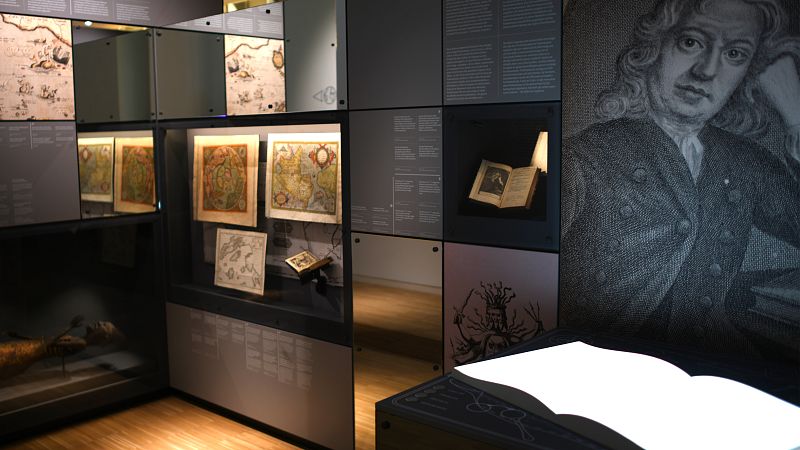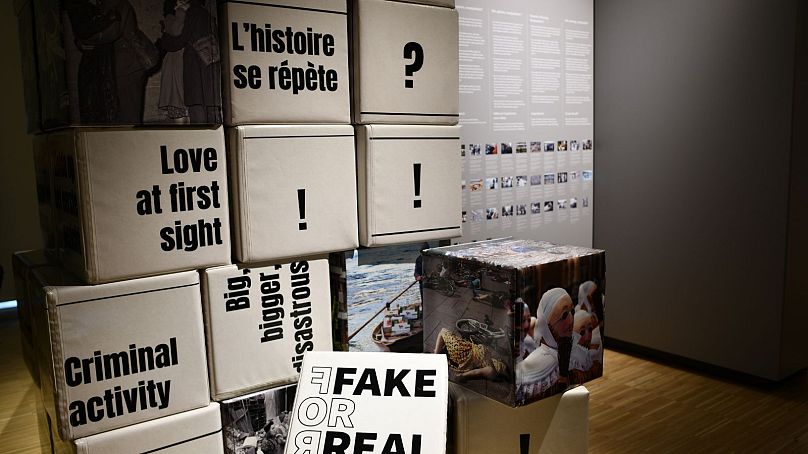Exhibition exploring the history of 'fake news' and forgery opens in Budapest

Can you erase someone from history? Can forgery be useful? How long has fake news existed? And how can we define ‘fact’?
These are some of the questions that the Blinken OSA Archive's exhibition ‘Fake for Real’ seeks to answer.
For years, the House of European History in Brussels has been collecting more than 100 historical artefacts related to deceit and falsification. And now the travelling exhibition is touring Europe, with Budapest, the capital of Hungary, as its third stop.
The collection explores the circumstances surrounding each artefact, and the motives and impact that they had.
It reveals that fake news is far from a modern phenomenon. In fact, it has existed since the time of the German inventor Johannes Gutenberg, who revolutionised printing in the 15th century.
Before the age of social media, even ancient relics were forged, and the persistence of conspiracy theories - some dating back to the Middle Ages - continues to influence public discourse.
"We start the exhibition with a practice of antiquity which was called the ‘condemnation of memory’. With this practice they tried to erase people from history. And the exhibition ends with an additional case study, added by our host Open Society Archives, which looks at the case of Imre Nagy (Hungarian Prime Minister during the 1956 revolution), and how his name was erased (by the Soviet regime) from history until 1989."
The collection also explores cases in history where forgery was used for good. During the Holocaust, for example, thousands of lives were saved by fake identity cards and passports.
"In an archive like this it was very difficult to forge a document. You had to get access to that document, you had to produce the right ink, the right paper and that's how you could forge a document. Today, all it takes is a virus on our digital documents and the content is completely changed," says István Rév, Director of the Archives.
The ‘Fake for Real’ exhibition is open in Budapest until 16 February.


